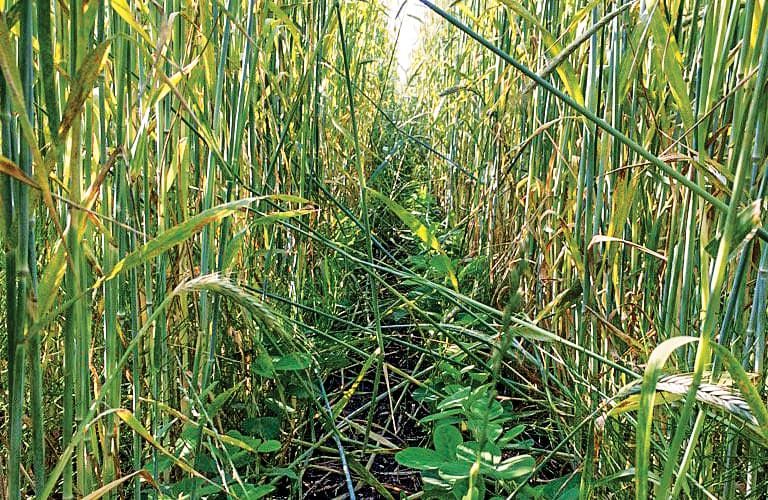No-Till Farmer
Get full access NOW to the most comprehensive, powerful and easy-to-use online resource for no-tillage practices. Just one good idea will pay for your subscription hundreds of times over.

Whether a farmer has been strip-tilling for 20 years or just transitioning into the practice, a desire to learn and improve is critical to avoid complacency.
Certain aspects of a system are repeatable year after year. But there are also those subtle, or maybe even dramatic changes, which strip-tillers make to improve their systems.
Ahead of the 2019 National No-Tillage Conference in Indianapolis, we assembled a diverse group of strip-tillers for a candid conversation over lunch, to exchange proven and progressive practices they’ve implemented on their farming operations.
Below, we share an excerpt from the hour-long conversation, highlighting an exchange between Clint Robinson, strip-tiller from Bethany, Ill.; and Mac Ferguson, strip-tiller from St. Thomas, Ontario, discussing the advantages and challenges of relay-cropping wheat in between strip-tilled soybeans going to corn.
Also at the table were Wanatah, Ind., strip-tiller Jeff Herrold and No-Till Farmer managing editor Julia Gerlach. Look for additional coverage and insights coming from this conversation at StripTillFarmer.com.
Mac Ferguson: “Clint, you mentioned that wheat is part of your cropping rotation and it sounds like you are doing some relay cropping into that wheat. How did you set that system up?”
Clint Robinson: “We don’t have a huge wheat market in our area. Everybody grows corn and soybeans, which is a 2-year rotation. We know the soil benefits of wheat, but I also didn’t want to disrupt my 2-year rotation, too much. I plant a treated wheat with fungicide on 30-inch rows as soon as we get the corn…